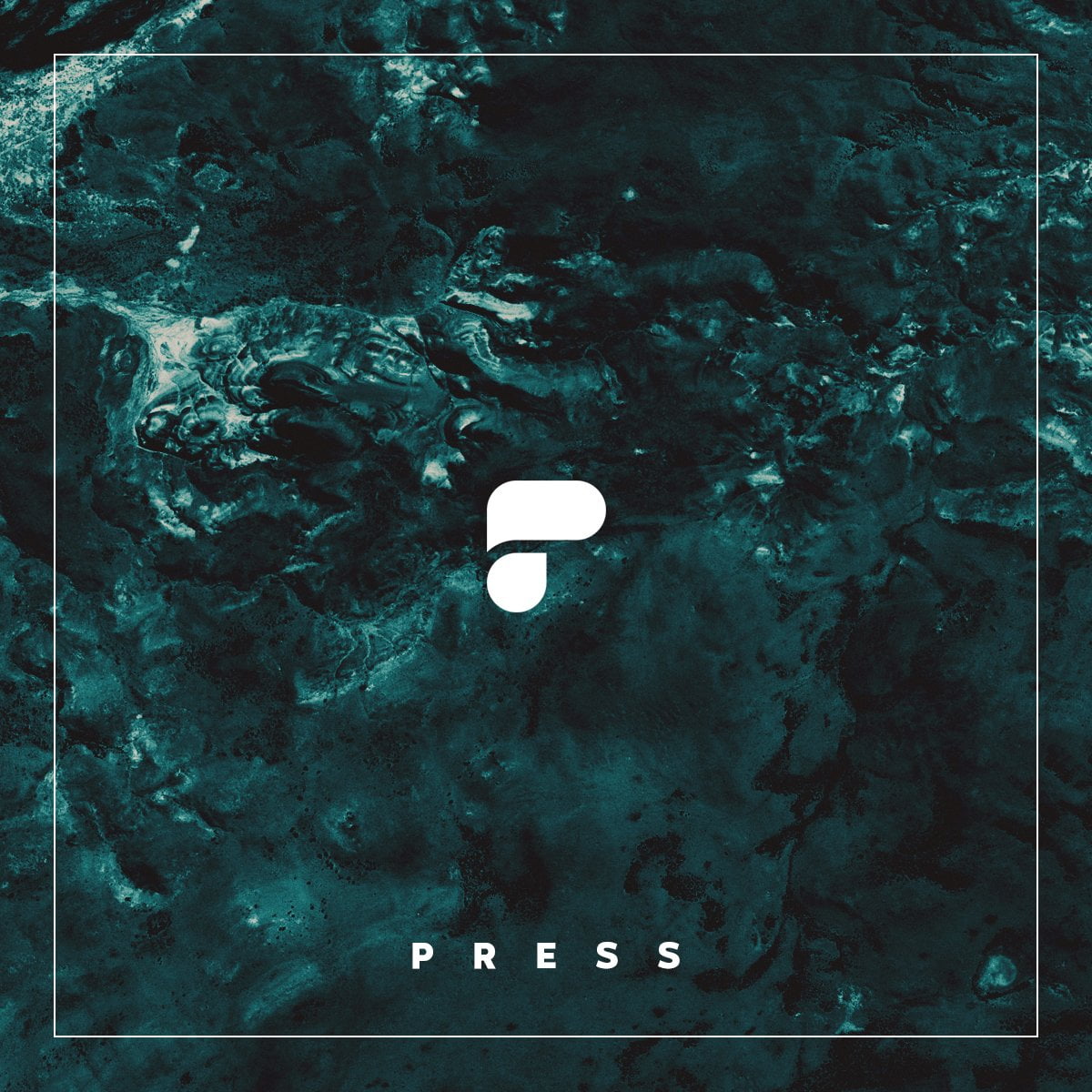
DJI Mavic 2 - What We Know
Gleaned from a printed advertisement in a catalog released by UK retail giant Argos before DJI had announced postponing its “See the Bigger Picture” event, in which they planned to unveil details of the long rumored Mavic 2, we now know that DJI plans to introduce not one but two new Mavic drones to their lineup, one with a Hasselblad camera and the other capable of 2x zoom.
Camera Upgrades
The Mavic Pro 2 is detailed with a larger 1 inch CMOS sensor while the Zoom utilizes the same 1/2.3 inch sized sensor as the original Mavic Pro. On the other hand, The Mavic 2 Zoom is set to have a smaller 1/2.3 inch sensor that better suits its reported 48mm - 28mm zoom range.
Battery Performance
Both the Mavic Pro 2 and Zoom models are said to have longer battery life at 31 minutes, compared to 21 minutes for the Mavic Air, 27 minutes for the standard Mavic Pro and about 30 minutes for the Platinum. The extra minute of flight time, when compared to the Platinum, really isn’t much for DJI to boast about, but the Mavic 2 series does have other impressive design features to consider.
Intelligent Flight Features
DJI’s Omnidirectional obstacle avoidance with APAS (Advanced Pilot Assistance Systems) and ActiveTrack 2.0 sounds impressive, but we’ll have to wait and see how this tech is improved over the Mavic Pro, Air or Platinum 360-degree obstacle avoidance sensor capabilities.
Longer Range, Faster Speed
Concerning flight range, DJI claims a longer 8 km (4.9 mi) flight range for the Mavic 2 series with continuous 1080p live video transmission compared to the original Mavic Pro’s 7 km (4.3 mi) range using DJI’s OccuSync 720p video long range signal transmission, with the option for 1080p short range transmission.
DJI Mavic Pro 2 and Zoom drones are reported to have a faster max speed of about 20 m/s (44.5 mph) over the original Mavic Pro’s max speed of 18 m/s (about 40 mph).
Like with most performance specs, we’d like to point out that the specs DJI has given for the Mavic Pro 2’s flight transmission range and top speed is not an exact representation of the distances and speeds you’re likely to get in less than ideal conditions, such as when flying in strong headwinds or during a high amount of magnetic interference that can weaken your transmission signal. That said, these subtle improvements are a welcoming sign of good things to come from DJI’s already fantastic Mavic series.

What We’re Hoping For
Since DJI recently acquired a majority stake in Hasselblad, we hope that both camera sensors for Mavic Pro 2 and Mavic 2 Zoom have Hasselblad’s expertise built-in, and not just the larger 1” sensor. Hasselblad is historically known for their bulky medium format cameras that produce beautiful iconic photographs, so we’re extra curious to see how this new camera is going to perform and how DJI might utilize Hasselblad’s decades of camera research in the new 1 inch Mavic Pro 2 camera sensor and perhaps, if we’re lucky, in the 1/2.3 inch Zoom camera sensor as well.
Optimized Frame Rates
One major camera improvement we’d like to see is the ability to shoot 60fps at 4k for smoother slow motion when played back at 24fps. This could also prove useful in capturing smooth, slow motion style dolly zooms with the Mavic Zoom’s dolly function.
Improved Gimbal Functionality
With 90° to +30° vertical pitch and 0° or 90° roll (for Landscape and Portrait modes), the Mavic Pro’s shock mounted, 3-axis motorized gimbal is great at keeping the camera stable, even in high winds, but it could still use some improvements as far as manual control of the gimbal itself for more demanding videographers.
The gimbal specs have not been released for these Mavic 2 series drones, but we’d expect them to be on par with the previous Mavic Pro’s 3-axis stabilization if not with some added improvements. We’re hoping that the new gimbal will be easier to control in manual mode, and with a bit more freedom of movement (ideally 360° on the horizontal axis and pitch control of at least more than level).
On the Mavic Pro, for example, the camera be can pointed straight down at the ground, but the last 30 degrees above level are reserved to compensate for the drone’s tilt when flying forward. It would be nice if you could override this function for complete manual camera pitch control, like in situations where you’re hovering or are using your Mavic 2 as a handheld gimbal because flight is restricted but you still want to capture a smooth shot.
Improved Long Range Video Resolution
Because it’s harder to transmit a lot of data at longer distances, the original Mavic Pro’s OcuSync uses 1080p for close range transmission and 720p for long-range transmission, depending on the conditions. DJI states that the Mavic Pro 2 will be capable of live 1080p video transmission, and we’re hoping that includes long range as well.
Wishful Thinking
Additional features we’d like to see in the Mavic series:
-A modular camera + gimbal system that can swap lenses (and sensors) for wider or tighter FOV and a gimbal that can be detached and used like the Ronin-S handheld gimbal system.
-Adjustable aperture capable of a wider dynamic range to enable shallow depth of field in bright light conditions for more artistic/creative control over composition.
-Extended battery life. When shooting 4K video with a DSLR or mirrorless camera you can get up to an hour of footage on a standard battery. Drones still have a ways to go in this regard. The Mavic series has one of the longer reported flight times and is only capable of 20-30 minutes at most, meaning you’re getting even less actual recording time.
-Twice the Speed. The Mavic Pro 2 has a reported top speed of about 45 mph, and while that’s pretty fast for a small flying camera, we’d like to speed that speed doubled. It may be that this much speed isn’t meant for a consumer level drone, but how much fun would a 90 mph drone be to fly?
A Mavic Made For Everyone. . . .
Eventually, we hope that DJI brings the technical advantages of both cameras together into one camera platform. Room provided, the 1 inch sensor on the Mavic Pro 2 could even be upgraded to a larger micro four-thirds sensor capable of 6K with 14 stops of dynamic range and 24 MP still resolution, like the Inspire 2 series. (The Mavic Pro has 12 MP still resolution with the ability to shoot in RAW). This would be a plus as well for those travelling content creators who don’t have the room to lug around a big drone, and even better would be 8k video resolution on both Mavic 2 models, which would make the Mavic Pro 2 and Zoom worthy long term investments for consumers and prosumers alike. Perhaps this (and more) in the next Mavic edition?
PolarPro Plans for DJI Mavic 2 Filters
Providing the acceptance of threaded filters on the Mavic 2 Pro’s 1 inch CMOS sensor and the Zoom’s 1/2.3 inch camera sensor, PolarPro plans to release a filter series for the Mavic Pro 2 and a separate collection for the Mavic Zoom. These filters will replace the Mavic 2’s potential stock UV filter, threading directly onto the camera lens for the highest possible optical clarity for clear and crisp photos and videos.
PolarPro Mavic 2 Filters will include top of the line Cinema Series Collection filters for prosumers and professionals who demand the highest optical quality and a Standard Series filter collection for consumers that features PolarPro’s optical HD glass for premium visual clarity. Both Standard and Cinema Series collections feature UV, CP, ND and ND/PL filters for lens protection and creative control over shutter speed to help achieve smooth cinematic aerial compositions.
PolarPro DJI Mavic 2 Accessories
PolarPro also plans to release a DJI Mavic 2 accessory line that is compatible with both the Mavic Pro 2 and Zoom models.
PolarPro Accessories for DJI Mavic Pro 2 & Mavic Zoom will include a Landing Gear, Extension Remote Sticks, SunShade, Phone Mount, Tablet Mount and a CrystalSky Mount.
The Landing Gear provides an extra 1.5 inches of clearance between the ground and your sensitive gimbal camera. The Landing Gear provides peace of mind for those adventurers who push the limits on difficult, uneven terrain.
PolarPro’s adjustable, Extension Remote Sticks are a step above DJI’s stubby stock remote thumbsticks found on the Mavic 2 Pro/Zoom remote controller, providing better grip for those with large hands or limited dexterity.
The Phone Mount, Tablet Mount and CrystalSky Mount are monitor mounting solutions that enable you to mount your mobile phone, tablet, or DJI CrystalSky monitor in a central, easy to view location on your DJI remote.
Mavic 2 Katana
Also redesigned in conjunction with the upcoming release of the Mavic Pro 2 series is the Katana handheld tray system. While you can’t always fly, the new Katana lets you harness the power of your DJI Mavic Pro 2 gimbal for perfectly calibrated handheld shots.
Katana Core is a handheld drone camera tray that enables you to dial in smooth shots where you can’t fly your DJI drone, like at national parks, world heritage sites, indoors or in tight spaces.
In situations where you need to hold your camera low to the ground, PolarPro also offers the Katana Overslung, an overhand style T grip that’s perfect for those extra low level shots.
Stay Tuned
We’re just as excited as you are for the release of the DJI Mavic Pro 2 and Mavic Zoom, so be sure to subscribe to our newsletter for more updates on PolarPro filters and accessories for Mavic 2.




Share:
5 Creative "In-Camera" Transitions using the Ronin-S
Can the Ronin-S Survive in Death Valley?